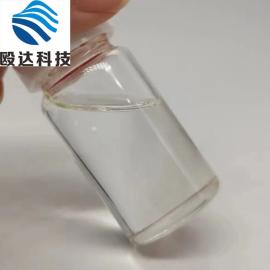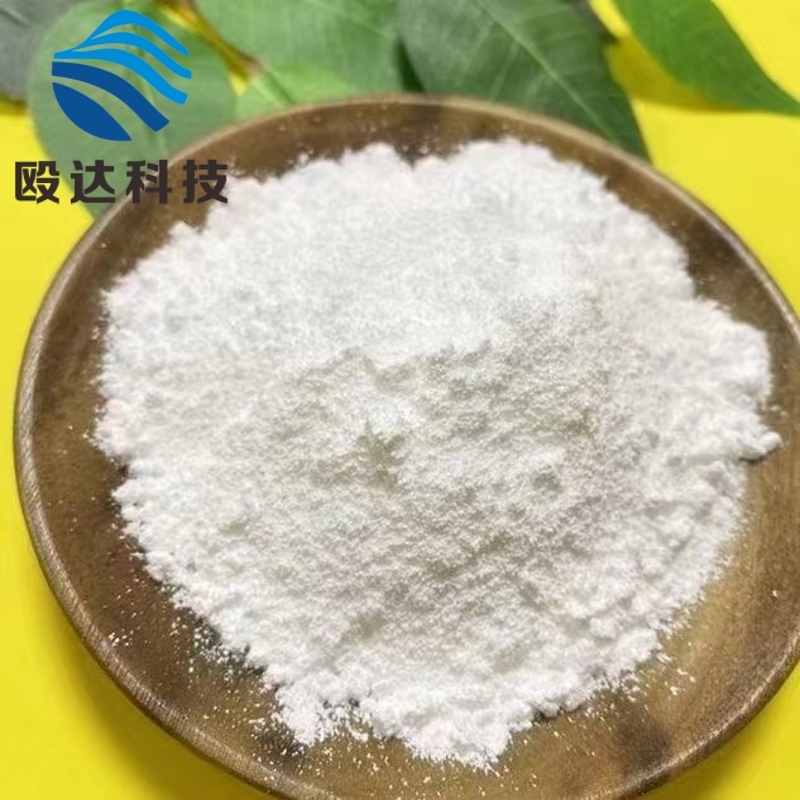-
Categories
-
Pharmaceutical Intermediates
-
Active Pharmaceutical Ingredients
-
Food Additives
- Industrial Coatings
- Agrochemicals
- Dyes and Pigments
- Surfactant
- Flavors and Fragrances
- Chemical Reagents
- Catalyst and Auxiliary
- Natural Products
- Inorganic Chemistry
-
Organic Chemistry
-
Biochemical Engineering
- Analytical Chemistry
- Cosmetic Ingredient
-
Pharmaceutical Intermediates
Promotion
ECHEMI Mall
Wholesale
Weekly Price
Exhibition
News
-
Trade Service
Recently, at the annual meeting of the American Society of Hematology (ASH), Janssen announced the latest developments in several projects in its research and development pipeline for the treatment of blood cancer, including the "first-in-class" dual special of the target GPRC5D target for innovative multiple myeloma (MM) Heterosexual antibody talquetamab, as well as the twin-specific therapy teclistamab targeting B-cell mature antigens (BCMA) and the CAR-T therapy Citacabtagene Autoleucel (cilta-cel), developed in collaboration with Legendary Biology.
let's take a look at the latest developments in these innovative therapies.
Talquetamab: The dual-specific antibody GPRC5D and CD3 targeted at GPRC5D is an innovative multiple myeloma target that is highly expressed in multiple myeloma cells and is associated with adverse prognostic factors.
jansen's press release notes that talquetamab is currently the only target in the study of dual-specific antibodies.
by combining it with CD3 subjects on the surface of T cells, it collects T cells near tumor cells and activates them to attack tumor cells.
phase 1 clinical trials showed that both intraskinal injections and intravenous injections of talquetamab showed encouraging clinical activity.
the recommended dose for Phase 2 clinical trials in subsulpheric injection forms, talquetamab achieved a total remission rate of 69% (9/13), including 39% very good partial remission (VGPR).
of the 9 patients who developed resistance to 3 different pre-treatments, 6 were relieved and 2 patients who developed resistance to 5 different pre-treatments were all relieved.
researchers also found that the use of off-skin injection forms may give patients the opportunity to reduce the frequency of dosage and facilitate treatment.
photo source: 123RFTeclistamab: Dual-specific antibody BCMA, which targets BCMA and CD3, is a popular target for the treatment of B-cell blood cancer and is highly expressed in multiple myeloma cells.
Teclistamab, which collects CD3-positive T cells near multiple myeloma cells expressing BCMA and stimulates cytoxicity to tumor cells, is currently evaluated in Phase 2 clinical trials to treat patients with recurring/reassotic multiple myeloma.
The latest clinical results published in ASH show that 73% (16/22) of patients treated with the recommended dose of teclistamab in phase 2 clinical trials of subsultic injection forms, 55% of whom achieved very good partial remission (VGPR) and 23% had full remission (CR).
at a medium follow-up time of 3.9 months, 95% (15/16) of patients who received remission had no disease progression and the level of remission deepened over time.
Cilta-cel: BCMA Target CAR-T Therapy Cilta-cel is a CAR-T therapy developed by Jansen in combination with Legendary Creatures to target BCMA antigens.
its unique design consists of two antibody protein domains targeted at BCMA, eliminating highly expressive multiple myeloma cells by utilizing the killing function of T cells themselves.
car-T therapy has been recognized as a breakthrough treatment awarded by the FDA.
photo source: 123RF at ASH Annual Meeting, Jansen announces the latest results of Cilta-cel in a Phase 1b/2 clinical trial called CARTITUDE-1.
Cilta-cel continued to exhibit very high total remission rates (ORRs), with ORR reaching 97% at a medium follow-up time of 12.4 months, and over time, the level of remission deepened, with 67% of patients achieving strict total remission.
the patient's medium remission duration and progression-free lifetime were not reached at 12.4 months.
addition, 93% of patients who could be assessed (n-53) met the criteria for micro-residual lesions (MRD) negative.
survival rate of 77 per cent for 12 months and 89 per cent for 12 months.
patients with multiple myeloma, who have developed resistance to three existing therapies, often have poor prognosis, but the latest developments announced by Janssen at ASH's annual meeting suggest that these patients are expected to come up with innovative therapies to control their condition.
。







